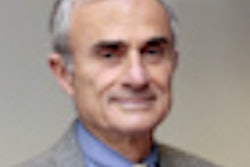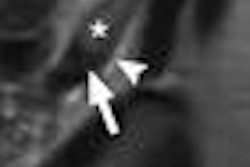The overall Medicare MRI utilization rate has slowed since 2008, due in part to policymakers' focus on reducing unnecessary healthcare costs -- and radiologists' efforts to educate their colleagues on appropriate imaging use, according to a new study published online in the Journal of the American College of Radiology.
The findings are in line with other research that has showed a decrease in utilization of other advanced imaging modalities such as nuclear medicine and CT. In fact, after years of rapid growth, CT use in the Medicare population declined by 1.7% in 2010 and is now decreasing in every practice setting except emergency departments, according to researchers from Thomas Jefferson University in Philadelphia (JACR, April 1, 2013).
Lead author Dr. Richard E. Sharpe Jr. and colleagues sought to quantify MRI utilization trends overall. The group used Medicare Part B datasets from 1998 to 2010, calculating total volume and utilization rates of all MR examinations for each year of the study period.
They found that the utilization rate of MR examinations in the Medicare population was 73 per 1,000 beneficiaries in 1998, increased to a peak of 189 in 2008, and decreased to 183 in 2010 -- a 3.2% decrease from the year before.
The most frequently imaged body section in every year was the head, which accounted for 37.3% of all MR examinations in 2010, according to the group. Second was the spine, at 34.8%; third was musculoskeletal, at 19.4%; and fourth was the abdomen, at 5.9%.
Education resources and initiatives such as the American College of Radiology (ACR) Appropriateness Criteria, its Image Wisely campaign (conducted with partner the Radiology Society of North America), and the Choosing Wisely project, a collaboration of nine physician organizations, have also helped slow the MRI use rate, Sharpe and colleagues wrote.
But patient awareness also has contributed to decline, Sharpe and colleagues noted.
"There has been an increase in public awareness of, and perhaps the unnecessary use of, advanced medical imaging. Several articles in the news media have focused on the increased cost, inconvenience, and radiation exposure of unnecessary medical imaging," Sharpe and colleagues wrote. "Anecdotally, we are aware of patients refusing to obtain tests that they feel are not necessary. Perhaps more than in the past, patients today want to know, 'Do I need this test?' before undergoing advanced medical imaging."



















